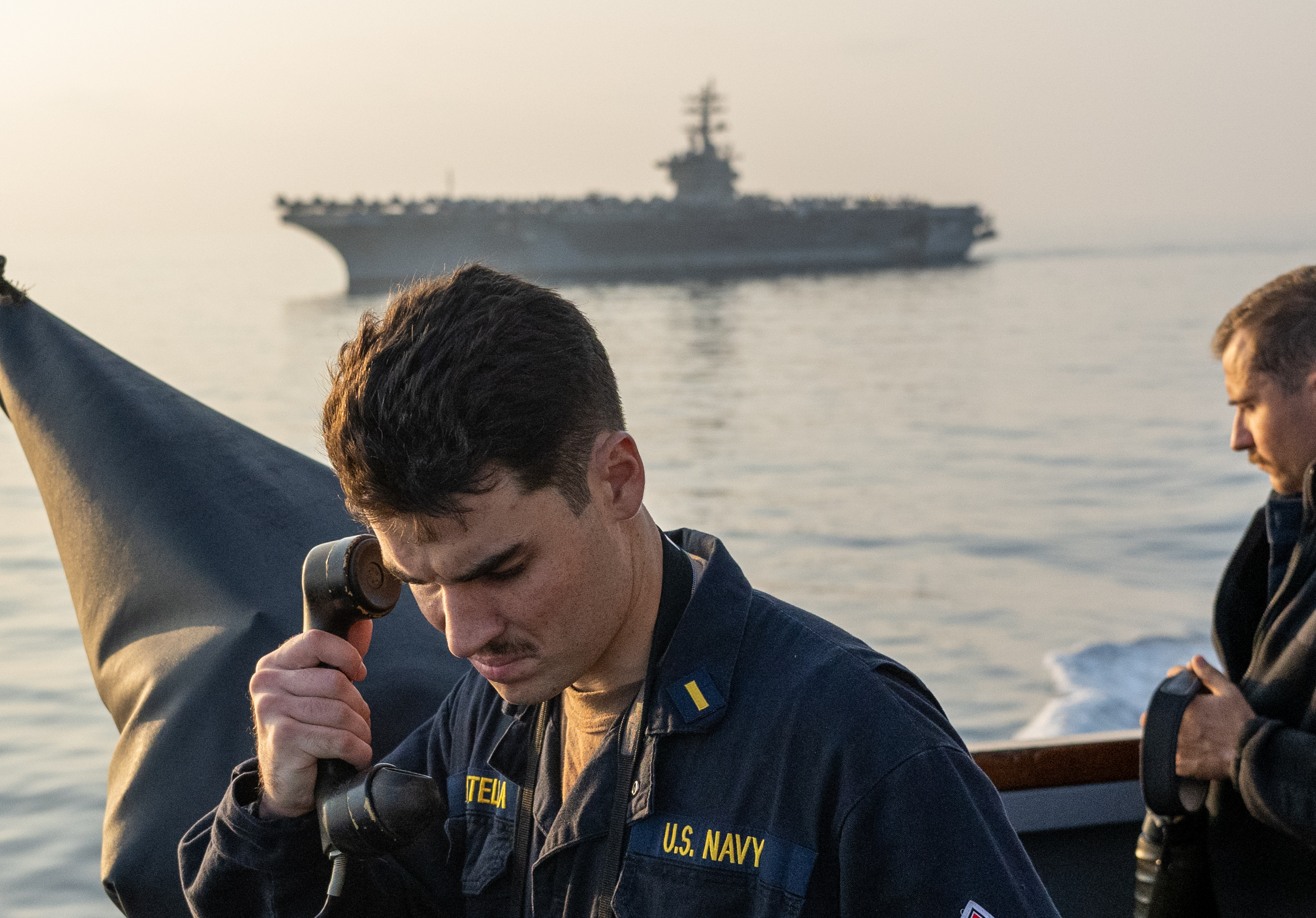
Carrier USS Dwight D. Eisenhower Now in the Mediterranean Sea
After almost four months on station in the Red Sea, USS Dwight D. Eisenhower (CVN-69) and USS Gravely (DDG-107) transited the Suez Canal on Friday, the Navy announced.…

Copyright 2024 U.S. Naval Institute. All Rights Reserved.